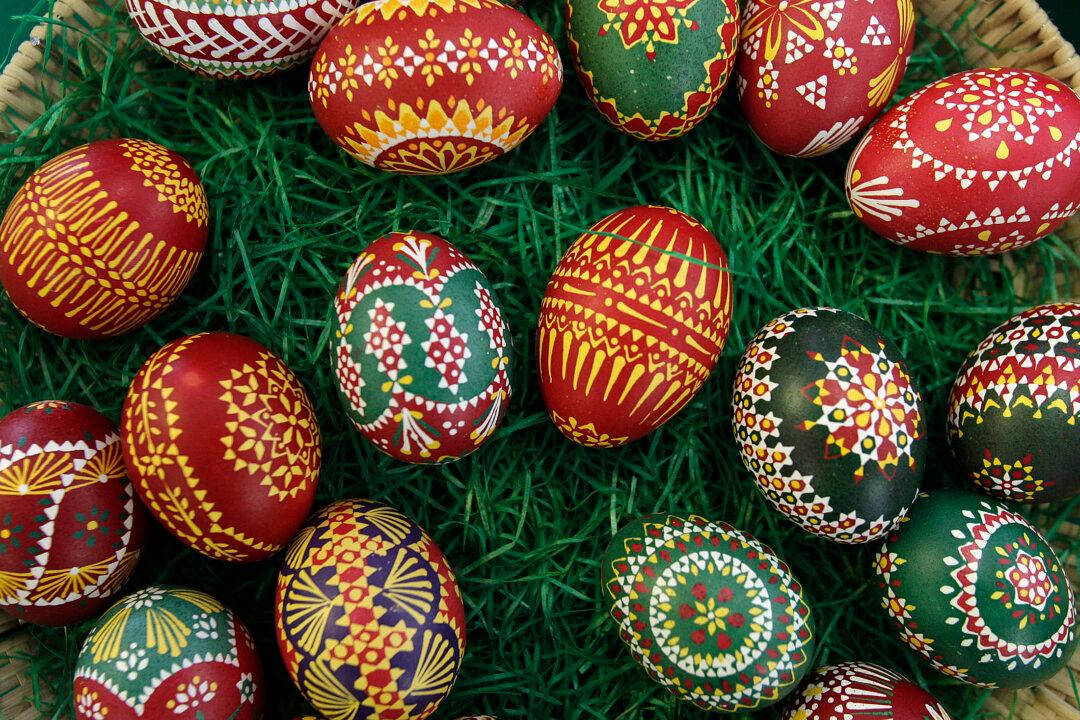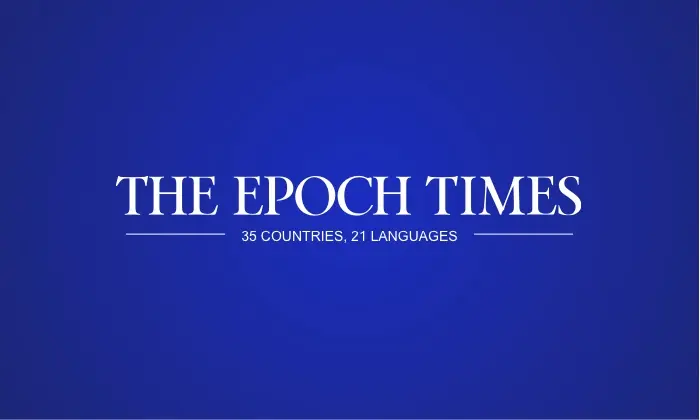The word “Easter” is Old English and comes from the word meaning “spring goddess.” Nowadays, in most of the Western world, the word still conjures up the coming of spring, with blooming flowers and painted eggs signifying rebirth and warmer weather.
Decorating eggs pricked with a needle at both ends, with the contents blown out and made ready for painting, was a custom in Canada 50 years ago. But now the art of decorating eggs is being replaced by paste-on decals and beautifully boxed chocolate-covered eggs with various sweet fillings.
In Europe, especially central Europe, several countries continue to decorate eggs. In fact, in Austria and the Czech Republic there are shops open year-round with Easter eggs as the featured item. In Prague, there is an annual Easter Egg Contest that attracts entrants from all over the country. This year, the Easter markets are being held from March 21 to April 11.





